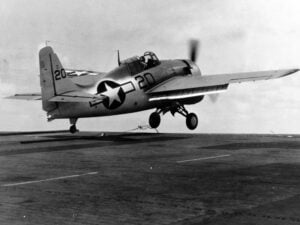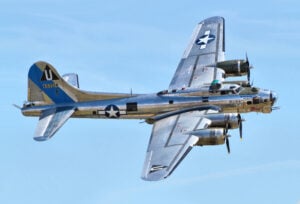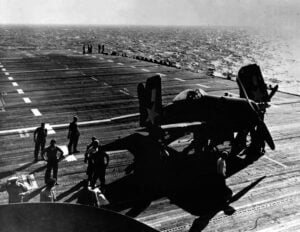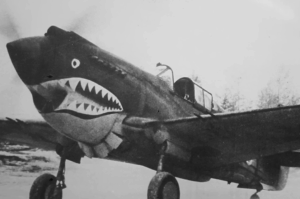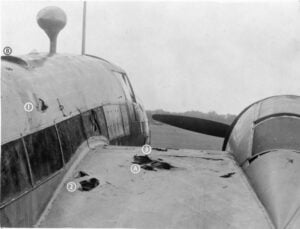The Monster That Devoured American Planes For 7 Years
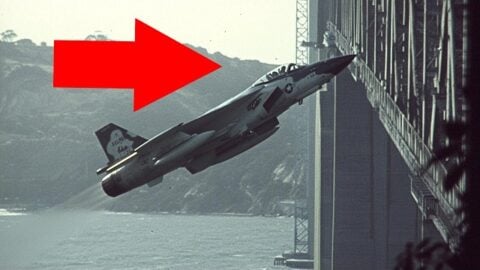
YouTube / Dark Skies
To American pilots in Vietnam, the Thanh Hoa Bridge, known as the “Dragon’s Jaw,” took on an almost legendary status. Stretching across the Ma River in North Vietnam, it was a crucial rail and road link, heavily protected and relentlessly targeted. Yet, despite years of bombing, it refused to fall.
The Bridge
The Thanh Hoa Bridge, also known as “Dragon’s Jaw,” was a massive steel truss structure, vital for transporting troops and supplies along Route 1. Destroying it would sever a key logistical artery for the North Vietnamese Army. Five battalions of anti-aircraft artillery encircled the area, with dozens of 36 mm and 57 mm cannons arranged in interlocking fields of fire.
The first major assault on the bridge took place on April 3, 1965, with Col. Robinson Risner leading the attack. After a year of sustained bombing, the Thanh Hoa Bridge appeared not to have been informed that it was supposed to collapse. The US Air Force intensified its assaults, throwing wave after wave of F-105 Thunderbolts at the target.
However, the North Vietnamese reinforced the area with an additional 85 mm and 10 mm anti-aircraft guns, expertly coordinated by radar. The weapons created a danger zone so dense that pilots described it as flying through a solid wall of steel, and many never made it out.
Indestructible
North Vietnam’s Dragon’s Jaw bridge was so well-defended and structurally strong that conventional weapons couldn’t bring it down.
To tackle this, the Air Force Armament Lab at Eglin AFB developed a new 5,000-pound “mass-focus” bomb, a pancake-shaped and designed to detonate magnetically beneath the bridge. Too large for fighters, it would be parachuted into the river by a C-130 Hercules.
Operation Carolina Moon was born. Two C-130 crews from Sewart AFB were chosen, one led by Maj. Richard T. Remers, the other by Maj. Thomas F. Case. After training, they arrived at Da Nang on May 15, 1966, with ten bombs ready for two missions.
On May 30, Remers flew the first sortie, hugging the sea at 100 feet before dropping five bombs under heavy fire. He returned safely, but recon showed the bridge was still intact. The next night, Case led the second mission. The plan mirrored the first, with diversionary attacks and electronic support once again in place.
Finally, Success
Maj. Case’s C-130 took off at 1 a.m. on May 31, 1966, but was never heard from again. Witnesses saw anti-aircraft fire and an explosion near the bridge. One of the F-4s on the diversion mission was also shot down, killing both crewmen, including Lt. Col. Dayton Ragland, a former Korean War POW on his 98th mission.
Recon flights found no damage to the bridge or trace of survivors. Years later, a captured North Vietnamese sailor confirmed that some bombs exploded but caused no damage. Operation Carolina Moon failed. The surviving team returned home. The remains of several crew members were recovered decades later, but others remain missing.
Despite continued airstrikes through 1968, the bridge stood. It wasn’t until 1972’s Operation Linebacker, with advanced laser-guided bombs, that the Dragon’s Jaw was finally destroyed, after seven years, 871 sorties, and 11 lost aircraft.
















